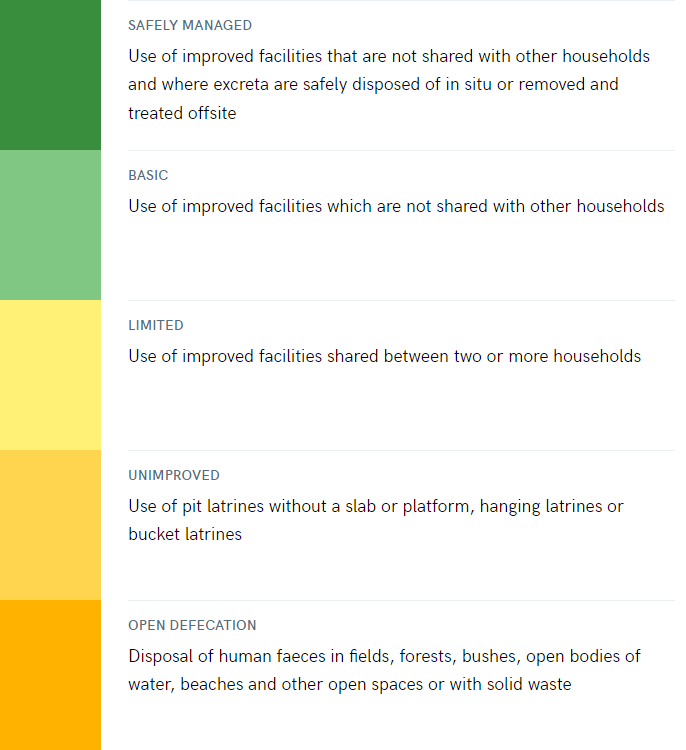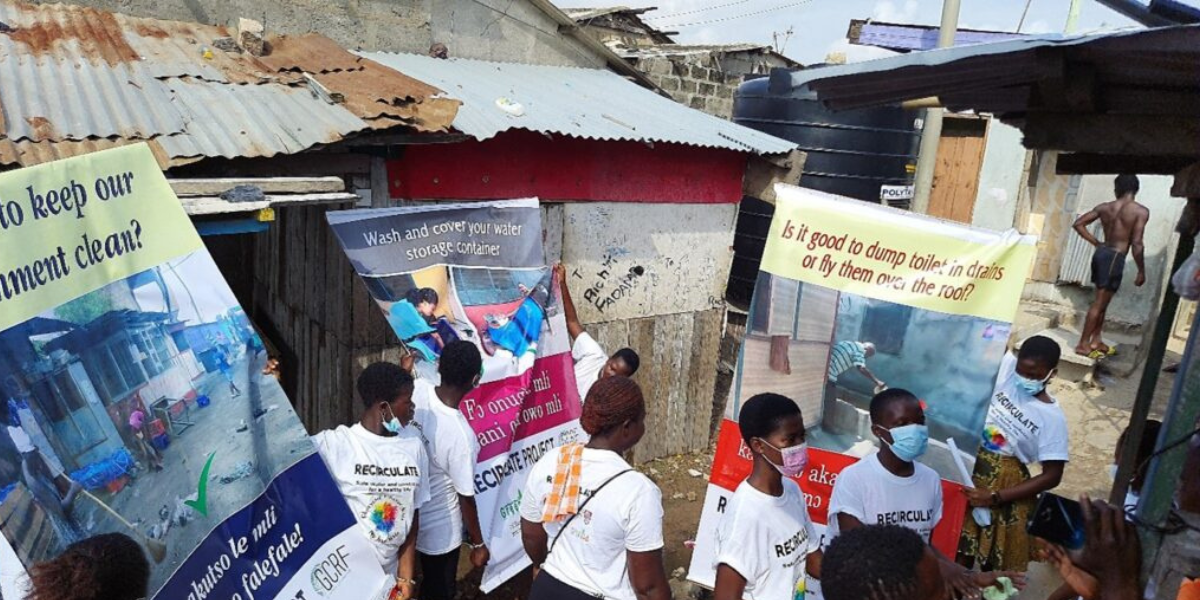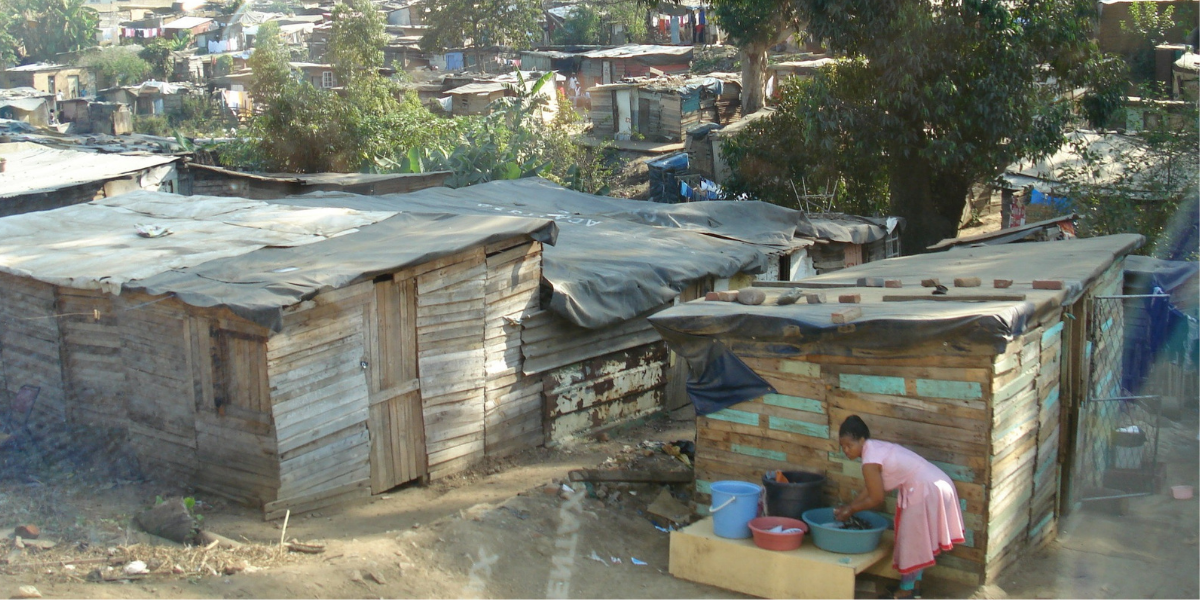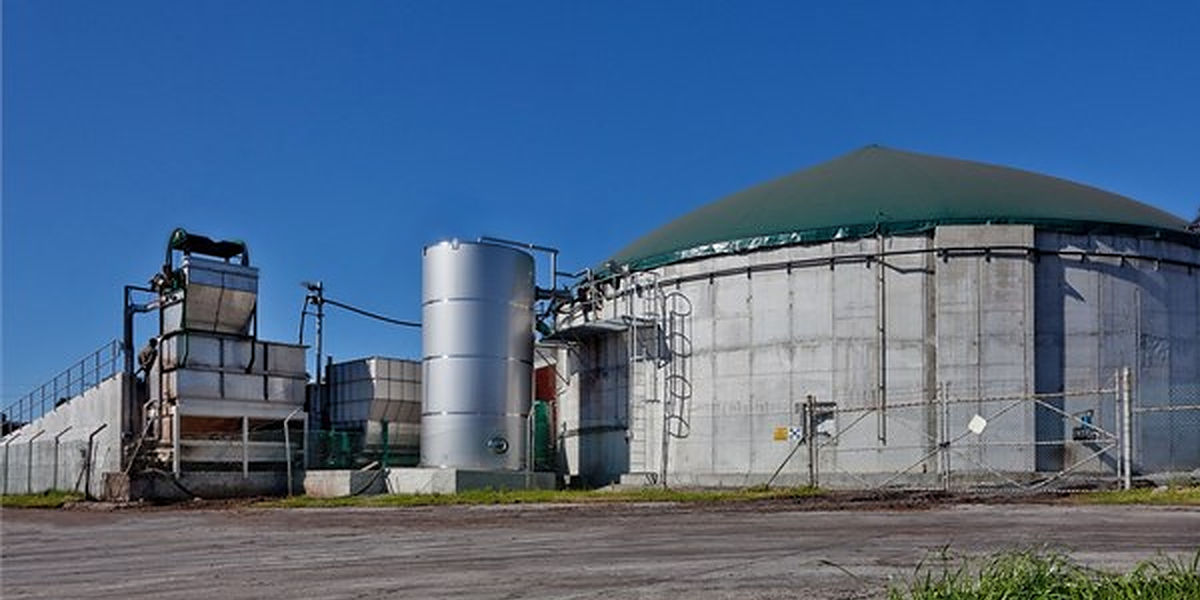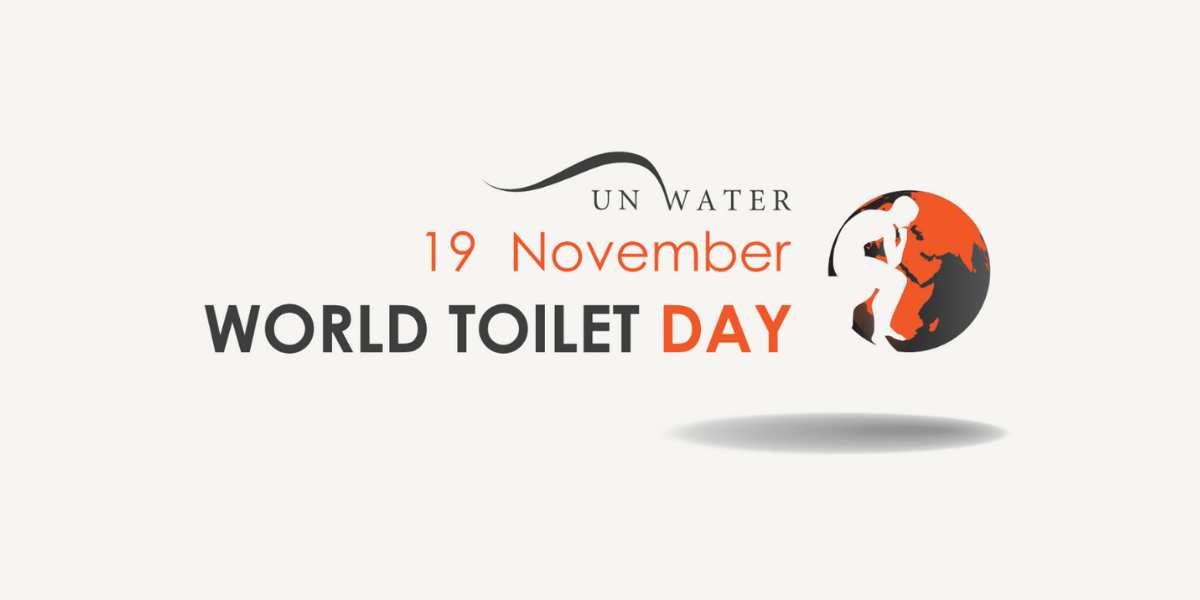
On World Toilet Day, members of the RECIRCULATE Water for Sanitation and Health team reflect on this year’s theme- valuing toilets- and what that really means in practice.
The humble toilet is often overlooked, unappreciated and taken for granted. Yet, we don’t need to think very deeply to realise that toilets are valuable in many different ways. Toilets have significant environmental value because they contain faecal waste. Toilets have a significant health value too, as they prevent humans coming into contact with microbes that cause disease, particularly diarrhoea. This health value cannot be seen and, as such, is often not understood. An even less recognised value of toilets, and perhaps largely unexploited to date, is to gain value from faecal waste. The ACTUATE project is showing how anaerobic digestion (AD) of faecal waste can produce useful resources, such as biogas and fertiliser, and demonstrating the value of waste to students from primary school to university level.
Thinking more formally about valuing toilets, the definitions that the World Health Organisation (WHO) and UNICEF use to measure sanitation attribute different value to different types of toilet (Figure 1). It is these definitions that are used to measure progress towards the sanitation Sustainable Development Goal 6 (SDG 6). Indicator 6.2.1 refers to the ‘Proportion of population using safely managed sanitation services, including a hand-washing facility with soap and water’, where ‘safely managed’ is the top rung in their ‘sanitation ladder’. In those terms, in 2020, 3.6 billion people around the world did not have access to safely managed sanitation. According to the WHO & UNICEF’s definition, toilets shared by more than one household are not even close to being ‘safely managed’. Shared toilets are at best considered ‘limited’: two rungs below ‘safely managed’ on the sanitation ladder (Figure 1).
In practice, these definitions mean that global bodies and donors are promoting toilets for individual households. As a result, in order to secure funding, governments are constructing toilets designed for use by individual households, irrespective of whether they are in villages or in urban low-income settlements. The reality on the ground, however, means that these toilets are used by multiple households, particularly in urban areas. As a result, these toilets end up not being counted towards the achievement of the sanitation SDG because they do not meet the strict WHO/UNICEF definitions.
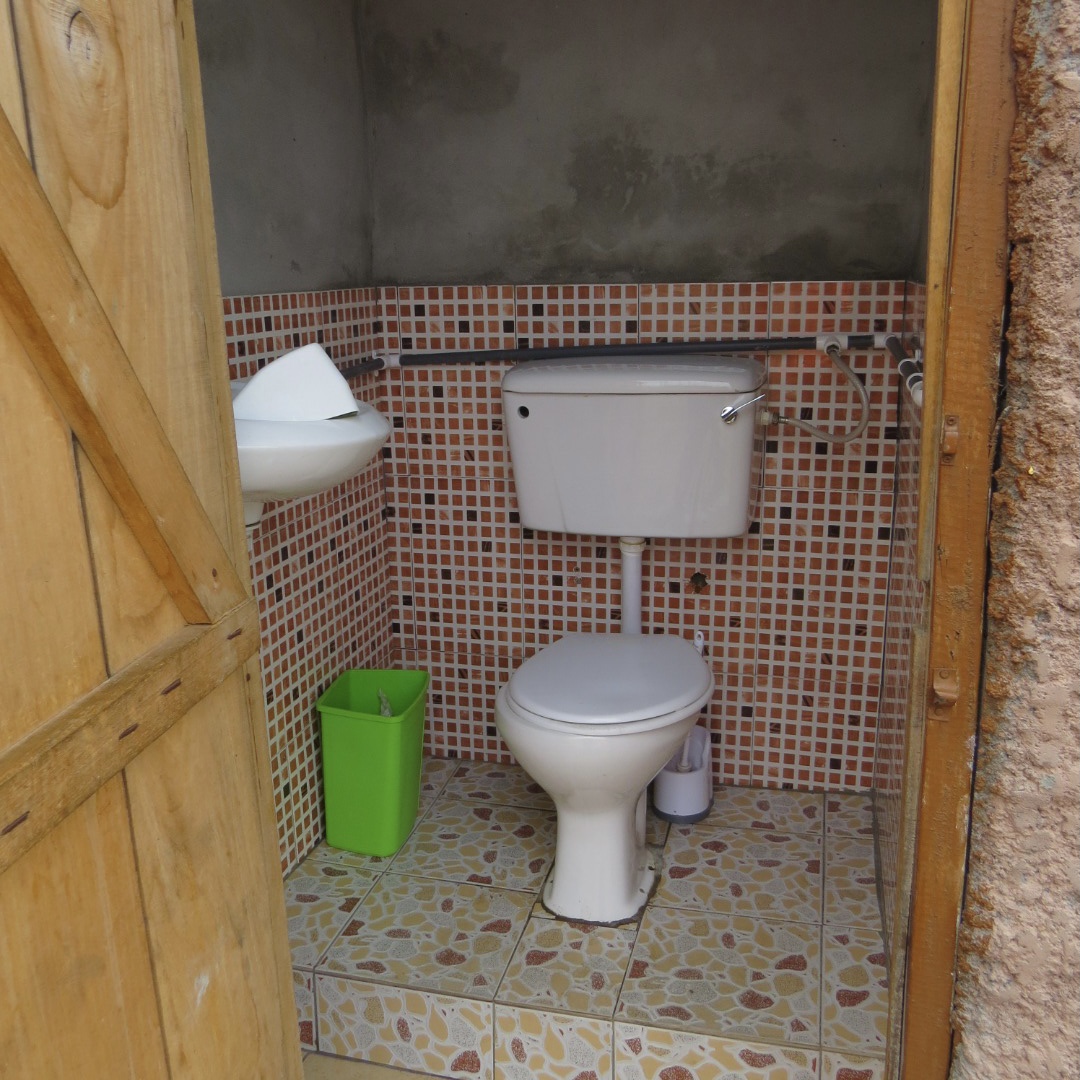
A flush toilet connected to a septic tank, which is classified as an ‘improved technology’
In 2020, 56.4% of toilets in urban Ghana used an improved technology but were classified as ‘limited’ because they were shared. These toilets provide an important service for many low-income people but are ‘invisible’ in the eyes of policy makers who often (have to) follow donors’ definitions. In many informal settlements, the density of housing is so high that there simply isn’t enough space for each household to have its own toilet. With this in mind, the idea of individual toilets for every household is not realistic and may even be counterproductive in improving access to sanitation.
While we are critical of the one-size-fits-all approach to applying the WHO/UNICEF definitions, we certainly don’t dispute the value of individual household toilets. Safely managed sanitation facilities for individual households can be a real asset, but are not feasible at scale in low-income, high-density urban informal settlements, at least in the short term. As a way of ensuring access to sanitation in these communities in the meantime, RECIRCULATE’s Water for Sanitation and Health work package (work package 2) is promoting the idea of assisted sanitation.
We call it ‘assisted’ sanitation because we are helping community members to fix their toilets to make them both functional and safer. We are studying the impact of assisted sanitation by comparing a site where we are piloting the assisted sanitation model with a control site where we are not intervening, and conducting intensive environmental and health monitoring at both sites. By mapping both communities, including the toilet facilities, we have found that there are numerous existing toilets that that are defined only as “limited” on the WHO/UNICEF ladder. In the eyes of donor-influenced municipal policies these toilets are unsupportable: it is almost as if they were invisible.
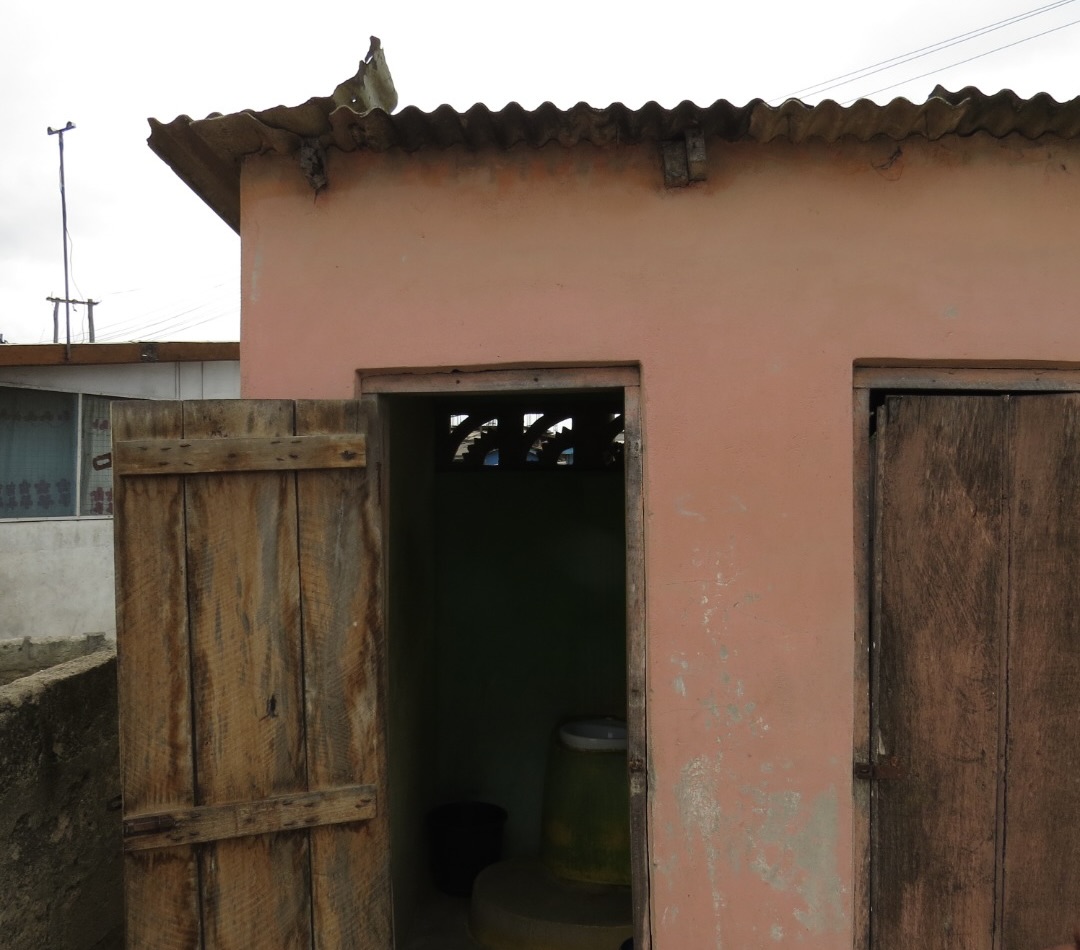
An example of a shelter containing a toilet
Our approach to assisted sanitation involves mending the toilets and the shelters that contain the toilets, as well as emptying the pits that contain the faecal waste, taking the waste to an Anaerobic Digestion (AD) facility and applying the digestate to pilot agricultural plots. The community organisations and partnerships with private sector organisations, such as Sewerage Systems Ghana Limited, are central to this model. Regular emptying of the toilets is vital. Without assistance, many toilet owners are reluctant to pay for their toilet pits to be emptied, so the pit becomes full and the toilet becomes unusable. Full pits pose significant pollution and health hazards if they overflow and contaminate drinking water. Recognising the link between sanitation and clean drinking water brings extra dimensions to our assisted sanitation approach. Fixing toilets and removing the waste is being complemented by promoting positive hygiene and sanitation behaviours. These behaviour change sessions are being delivered in part, by local adolescent change agents- a key route to ensuring that the value of toilets is recognised by communities.
We’re applying this ‘common sense’ approach to toilet upgrading while trying to provide robust scientific evidence to understand whether better sanitation leads to safer drinking water. Our initial findings are looking promising. Toilet users really appreciate the work we’re doing with, in and for their community to improve their sanitation facilities and the environmental quality of the community has improved.
Ultimately, our key reflection this World Toilet Day, is ‘why wait?’ Households having their own individual toilets is a great ambition to work towards but in our view stems from the romanticisation of low-income, urban contexts. It’s just not grounded in reality. It is surely better to start work with what already exists. First, the important role of shared toilets needs to be recognised. Then shared toilets need to be fixed- and fixed now. We accept that this is only an interim measure, but at least it means that people have access now to a toilet that actually works, even if it doesn’t meet the strict criteria of the WHO and UNICEF.
 |
Ms Ella Foggitt is a research associate within the RECIRCULATE “Water for Health & Sanitation” Work Package 2 team based at Lancaster University. Ella is currently completing her PhD thesis on the role of community participation in improving environmental sanitation in low-income, high-density urban areas. She has a master’s degree in Water, Sanitation and Health Engineering from the University of Leeds, UK and a BA in International Development and International Relations from the University of Leeds, UK and University of Ghana, Ghana. As part of her master’s research, she studied toilet use behaviours in Kumasi, Ghana. |
 |
Mr Bennett Akuffo is the Project Manager at Green Advocacy Ghana & the Theme-Coordinator for the ACTUATE project and the “Water for Health & Sanitation” Work Package. He has undergone extensive training in the use of X-ray Fluorescence Machine (XRF) and TSI Aerosol Air Monitoring Devices with training done by Pure Earth USA. Bennett has experience in contaminated sites assessment under GAHP & over 10 years’ experience in E-waste management and its environmental and health effects to Ghana, with further training in WASH Audits by Lancaster University UK under the RECIRCULATE project. |
 |
Dr Manoj Roy is a co-lead of the RECIRCULATE Work Package 2 “Water for Health & Sanitation”. He specialises on poverty analysis through inter-disciplinary methods combining technical with social and political analyses. He teaches urban sustainability at Lancaster Environment Centre, Lancaster University. |
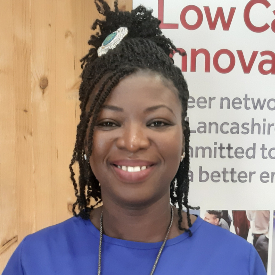 |
Ms Patience Mamle Agbedor is a Research Scientist at CSIR – Institute of Industrial Research, Ghana. She is part of the research team for WP2 (Water for Sanitation and Health) of the RECIRCULATE project. |
 |
Mr Mark Akrong is a Senior Research Scientist with the Environmental Biology and Health Division (Microbiology Section) of the Council for Scientific and Industrial Research – Water Research Institute (CSIR-WRI) in Ghana. He is a Microbiologist with ten years of experience. He obtained his Bachelor’s degree in Biological Science at the Kwame Nkrumah University of Science and Technology in Kumasi, Ghana, MPhil degree in Environmental Science at the University of Ghana and currently a PhD candidate at the Kwame Nkrumah University of Science and Technology, Ghana. He is part of the research team for WP2 (Water for Sanitation and Health) of the RECIRCULATE project. |
 |
Prof. Roger Pickup is currently the Chair of Biomedicine and Life Sciences in the Division of Biomedicine and Life Sciences at Lancaster University. His research interests are in environmental microbiology/molecular ecology with an interest in how the environment, with a particular focus on water, delivers microbial pathogens to human populations and their impact on human health. He is co-lead on RECIRCULATE Work Package 2 and leads RECIRCULATE Work Package 5 and is a co-investigator on ACTUATE. |
For further information please contact Manoj Roy or Roger Pickup
All articles in The FLOW are published under a Creative Commons — Attribution/No derivatives license, for details please read the RECIRCULATE re-publishing guidelines.
